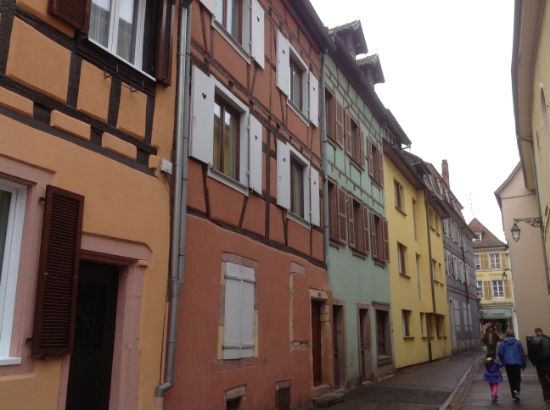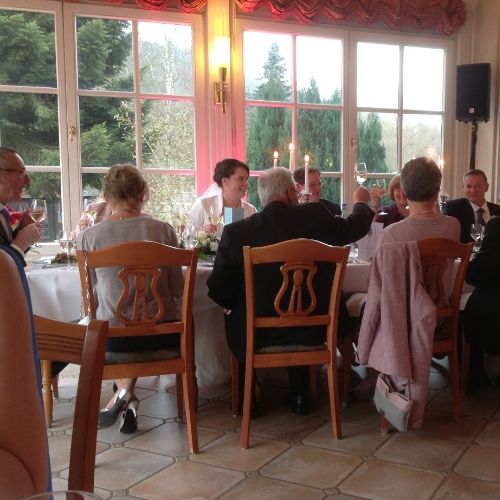Remember a few years back, when an intriguing book by Mireille Guiliano was all the rage?
French Women Don't Get Fat... the concept captivated American women, at the same time infuriating us by its insinuation.
I must admit, I didn't read the book when it was first out. I had already lived in France, had been changed by it, had no need to understand its relationship with food on such a cognitive level.
Now, however, after spending the past 3 weeks in France (and/or along its border), participating in phenomenal gastronomic events on a daily basis, I am completely fascinated by the premise of this book. Once I catch up with the laundry and remember just where the empty suitcase is supposed to get stored,
French Women Don't Get Fat is moving to the top of my to-do list! I mean really, did I truly eat what I ate for the last 3 weeks and
not gain a single pound? How is that possible? I have got to get that book!
While waiting to read the book, and in an effort to keep the spirit of travel alive, I have decided to
not return to my American eating habits just yet. It has been croissants and café for le petit déj each morning since our return on Monday. French breakfasts have been so enjoyable that today, when the pangs for le goûter hit, I decided it wasn't yet time to revert to American snacking styles, either, and threw together my first ever homemade baguette.
Now for some reason, bread machine recipes for baguette quite often have long ingredient lists. But thinking back fondly to an afternoon I spent shadowing a boulanger in my town in the South of France, I knew a true baguette needs only 3. And so I used this recipe (which is a slight alteration of
this recipe, courtesy of Marie at food.com):
Baguette
3-½ C bread flour
1-¼ tsp salt
1-¼ tsp yeast
1-¼ C warm water
Place ingredients in bread machine according to manufacturer's directions.
Start machine on dough setting.
When dough cycle is complete, remove dough with floured hands and cut in half on floured surface.
Shape each half of dough into a loaf about 12 inches long, in the shape of a baguette.
Use kitchen scissors to make several slits across the top of the loaves.
Place on greased/silicone-lined baking sheet and cover with a towel.
Let rise in a warm place until doubled, about 40 minutes.
Bake at 450ºF for 14-18 minutes, rotating the pan after 8 minutes.
We could barely wait for this to cool, and when it did, it was worth its weight in Nutella, which, of course, we generously smeared on each delicious bite. I might be so bold as to say this was actually better than baguette from a boulangerie; it had a satisfyingly crunchy crust that fell just short of tearing up the roof of the mouth like a true baguette would have.
Parfait!
Glossary:
le petit déj (French), slang for le petit déjeuner = breakfast
le goûter (French) = afternoon snack
un boulanger (French) = a baker
la boulangerie (French) = bakery
Parfait!(French) = Perfect!
peut-être (French) = perhaps
Want to read the book, too? Look for it at your local library, of buy your own copy, peut-être:



















